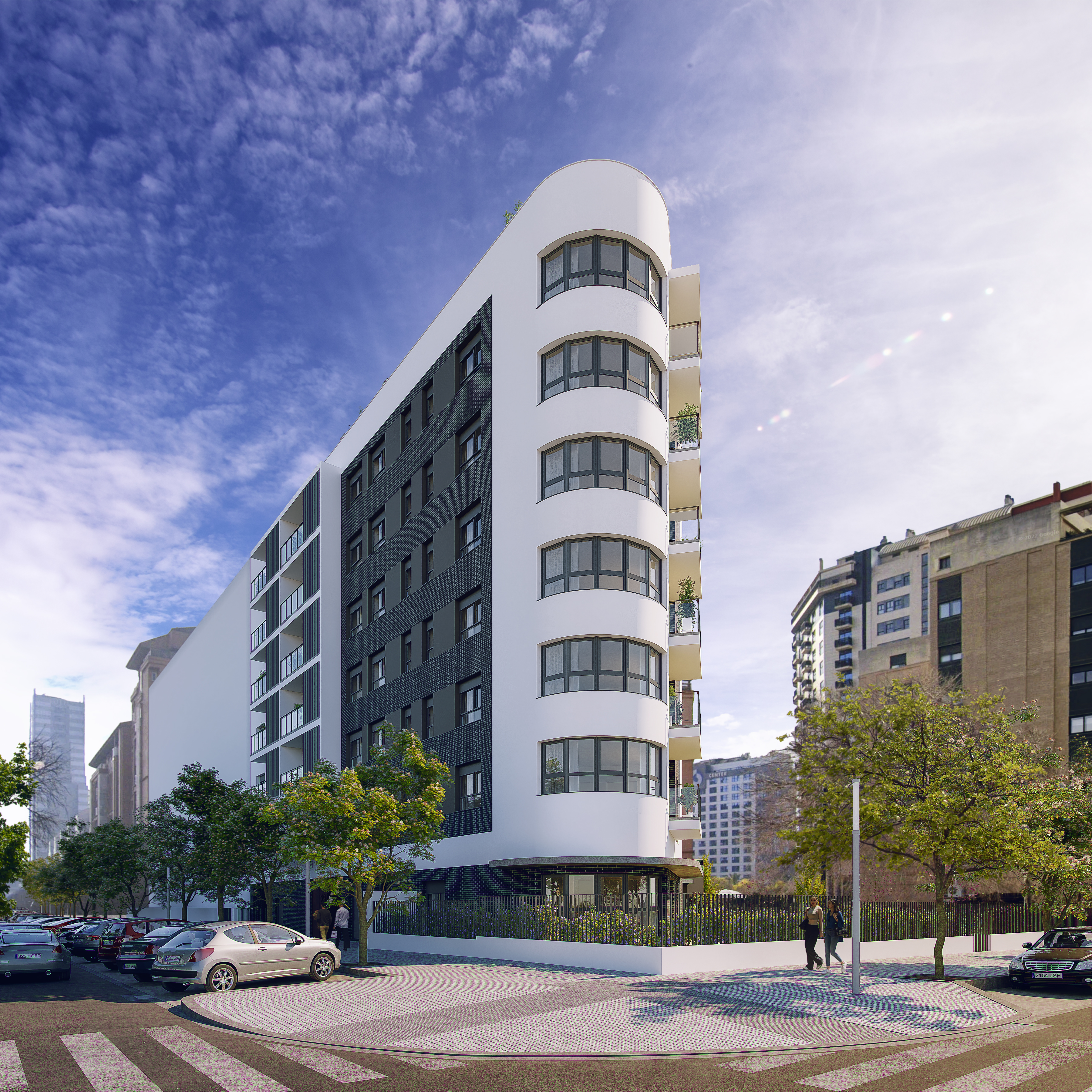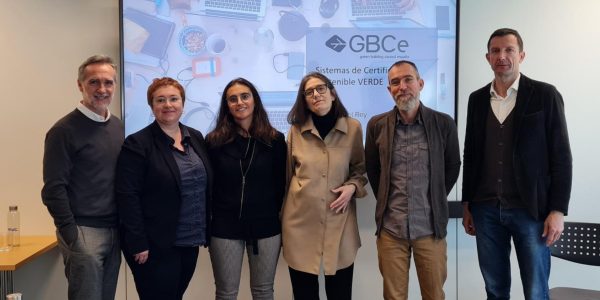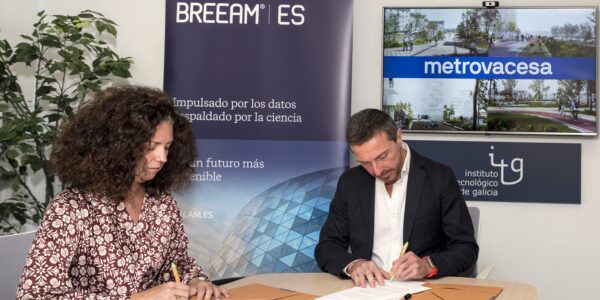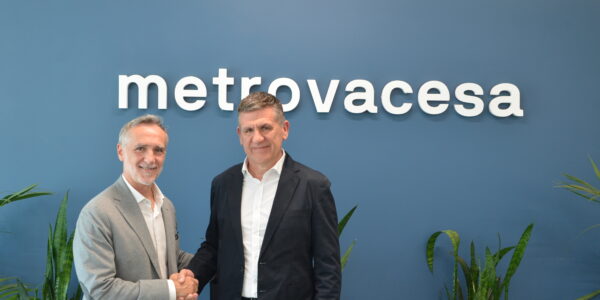Metrovacesa reduces the carbon footprint of its developments, analysing their life cycle and certifies the process on blockchain

- The developer has analysed the life cycle of its developments and with the first results, and thanks to the constructive solutions proposed, it has achieved around a 15% reduction in CO2 emissions in its projects.
- Metrovacesa, a company at the forefront of technology, relies on BIM and Blockchain tools to verify and certify that the design and choice of materials are in line with the standards of the climate change objectives
Madrid, 05 July 2023. Metrovacesa, the leading real estate developer in Spain, with more than one hundred years of history and more than 120 projects under development nationwide, will analyse the life cycles of its projects (LCA) from 2021.
Life Cycle Assessment (LCA) is a tool to assess the environmental impacts associated with the process of a real estate development throughout its life and to analyse different solutions that can reduce this impact. This initiative focuses on the responsible use of raw materials and seeks the implementation of best practices in terms of the circularity of processes, as well as studying alternative construction solutions to mitigate CO2 consumption during the life cycle of a real estate development.
This LCA analysis also includes the use of 3D simulation to edit the design and manage all the information of an architectural project in an intelligent and coordinated manner. David Sierra, Director of Projects and Sustainability at Metrovacesa, highlights: “With this project, we adapt the architectural design and the choice of materials and construction elements to our decarbonisation objectives, ensuring the creation of developments with a low ecological footprint and high durability”. In this regard, Metrovacesa has carried out an exhaustive analysis of its developments and has obtained around a 15% reduction in CO2 emissions in its projects. The analysis is based on a tool that is applied from the initial design of the project and which allows alternatives to be proposed during the development of the project in order to reduce the carbon footprint. This is only possible through the collaboration and commitment of all those involved in the development of a development.
Metrovacesa, a company noted for its position at the forefront of technology, has opted to use a development based on the BIM (Building Information Modeling) tool integrated with blockchain technology in the Alastria Network, allowing the traceability of the validation and verification processes in all aspects related to the LCA of the developments. Carmen Chicharro, Commercial, Marketing and Innovation Director of Metrovacesa, said: “We continue to be committed to Blockchain technology and the certification of the carbon footprint reduction of our developments is an example. It offers us transparency towards our customers, suppliers and collaborators. The integration with the Alastria Network is always a guarantee of trust and security”.

Related articles
Discover your new home with MiA
We have launched our virtual agent to help you find the property you are looking for.
Ask MiA and get personalized recommendations to find your dream home. Try it now!



